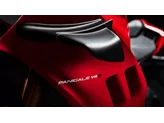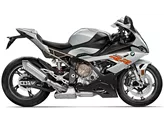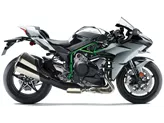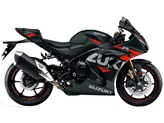Kawasaki Ninja ZX-10R 2021 vs. BMW S 1000 RR 2020
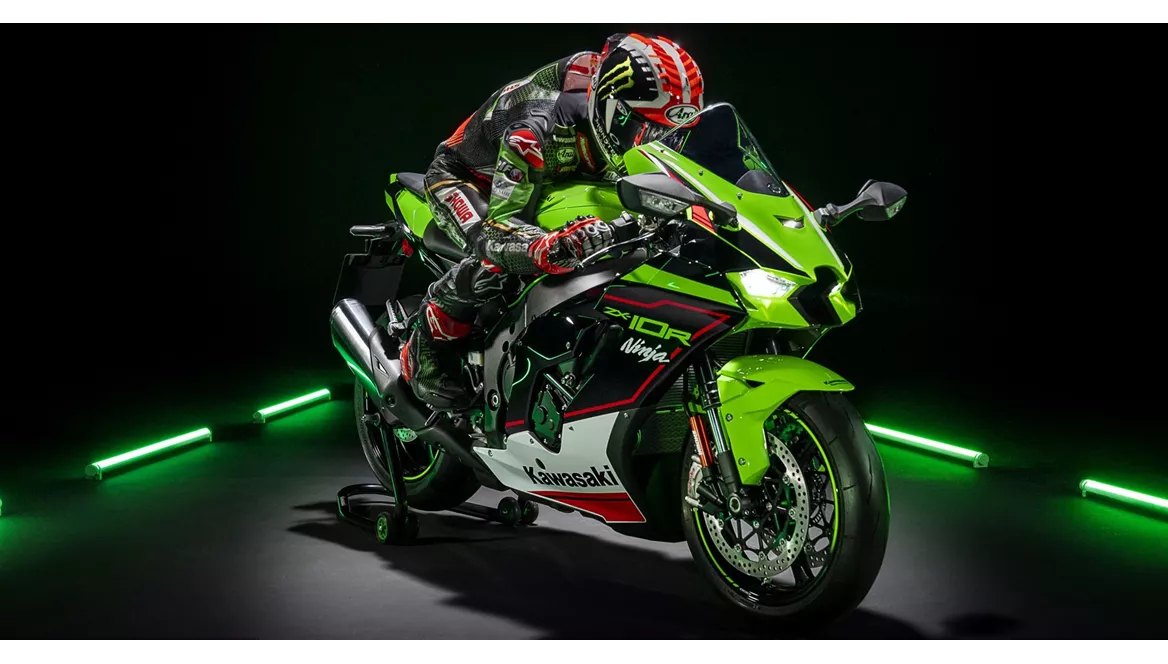
Kawasaki Ninja ZX-10R 2021

BMW S 1000 RR 2020
Vue d’ensemble - Kawasaki Ninja ZX-10R 2021 vs BMW S 1000 RR 2020
In terms of engine specifications, the Kawasaki Ninja ZX-10R 2021 and the BMW S 1000 RR 2020 both have inline engines with four cylinders and four valves per cylinder. However, there are some differences in bore and stroke measurements. The Ninja ZX-10R has a bore of 76 mm and a stroke of 55 mm, while the S 1000 RR has a bore of 80 mm and a stroke of 49.7 mm.
In terms of power, the Ninja ZX-10R has an engine power of 203 HP, while the S 1000 RR has a slightly higher engine power of 207 HP. Both bikes have a high compression ratio of 13, which contributes to their powerful performance. The Ninja ZX-10R has a torque of 114.9 Nm, while the S 1000 RR has a torque of 113 Nm.
When it comes to suspension, both bikes feature upside-down telescopic forks in the front and swing arm suspension with a monoshock in the rear. The Ninja ZX-10R has a front fork diameter of 43 mm, while the S 1000 RR has a slightly larger diameter of 45 mm. Both bikes offer adjustable compression, preload, and rebound settings for the front and rear suspension. The rear suspension of both bikes is made of aluminum.
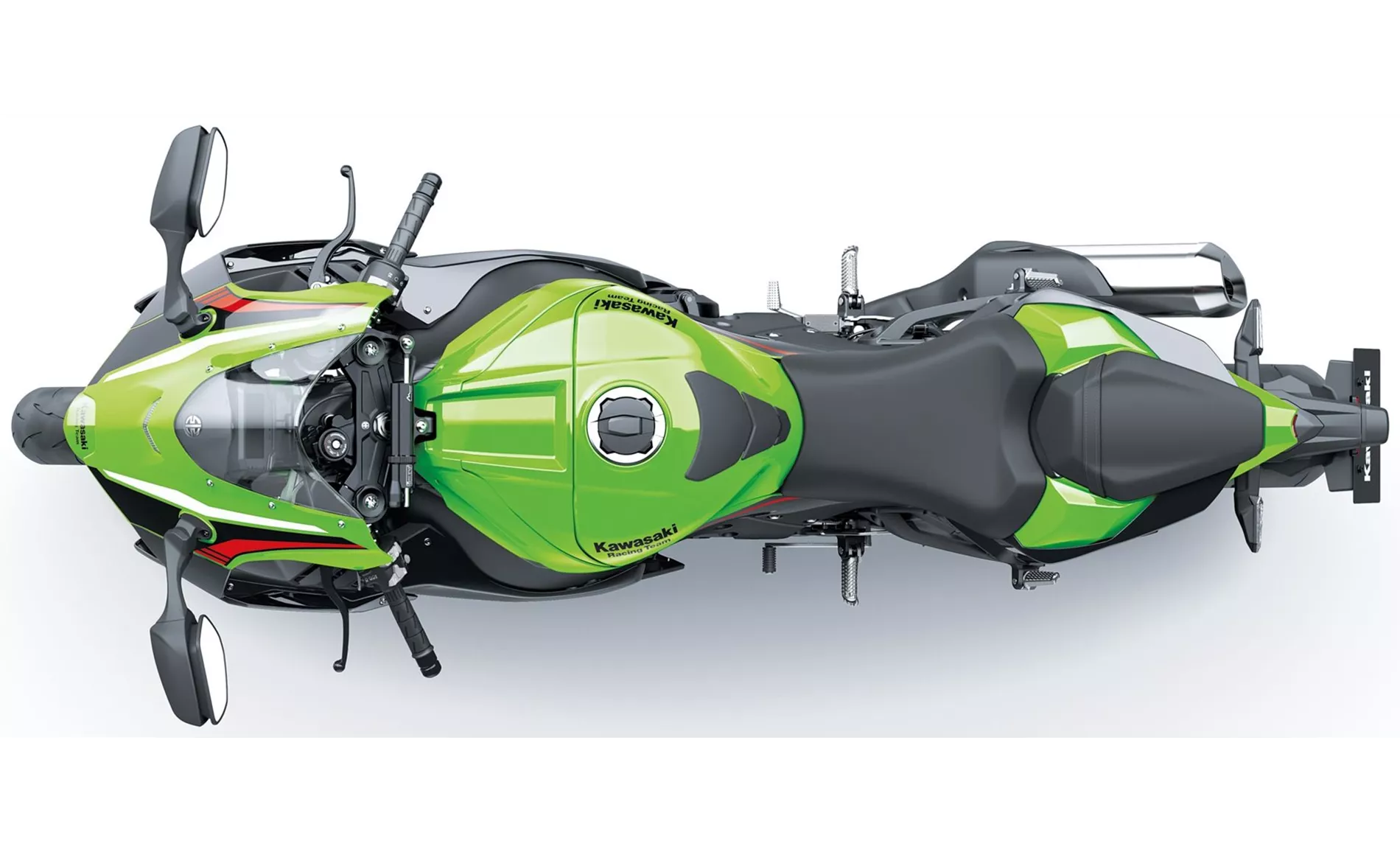
Kawasaki Ninja ZX-10R 2021
In terms of chassis, both the Ninja ZX-10R and the S 1000 RR have aluminum frames. The Ninja ZX-10R has a trail measurement of 105 mm, while the S 1000 RR has a slightly smaller trail measurement of 93.9 mm.
When it comes to braking, both bikes feature double disk brakes in the front. The Ninja ZX-10R has a larger front disk diameter of 330 mm, while the S 1000 RR has a slightly smaller front disk diameter of 320 mm. Both bikes utilize radial technology for their front brakes.
In terms of dimensions and weights, both bikes have a front tire width of 120 mm and a rear tire width of 190 mm. The front and rear tire diameters are the same for both bikes at 17 inches. The wheelbase of both bikes is also similar, with the Ninja ZX-10R measuring at 1440 mm and the S 1000 RR measuring at 1441 mm. The seat height of the Ninja ZX-10R is 835 mm, while the S 1000 RR has a slightly lower seat height of 824 mm. The fuel tank capacity of the Ninja ZX-10R is 17 liters, while the S 1000 RR has a slightly smaller fuel tank capacity of 16.5 liters.

BMW S 1000 RR 2020
In terms of strengths, the Ninja ZX-10R is praised for its high-quality workmanship, strong components, high-revving and powerful engine, great wind protection with good aerodynamics, comfortable seating position even for tall riders, high-quality electronics package, powerful brakes, and well-balanced chassis. On the other hand, the S 1000 RR is commended for its very linear power delivery, wide rev range, and pleasant control. The ShiftCam technology in the S 1000 RR provides plenty of pressure in the lower rev range. It also has excellent Dynamic Damping Control (DDC) and a top-notch electronics package. The S 1000 RR is considered a harmonious overall package both on the road and on the racetrack.
In terms of weaknesses, the Ninja ZX-10R is criticized for its load change reactions in the partial load range, somewhat slow quickshifter, and a relatively small display. The S 1000 RR, on the other hand, is described as "characterless" compared to other bikes like the Aprilia and Honda. In direct comparison, the S 1000 RR lags behind on the spec sheet.
Overall, both the Kawasaki Ninja ZX-10R 2021 and the BMW S 1000 RR 2020 offer impressive performance, high-quality components, and advanced electronics packages. The choice between the two will ultimately depend on personal preferences and priorities.
Caractéristiques techniques Kawasaki Ninja ZX-10R 2021 par rapport à BMW S 1000 RR 2020
Avantages et inconvénients en comparaison
Avantages et inconvénients en comparaison
Kawasaki Ninja ZX-10R 2021
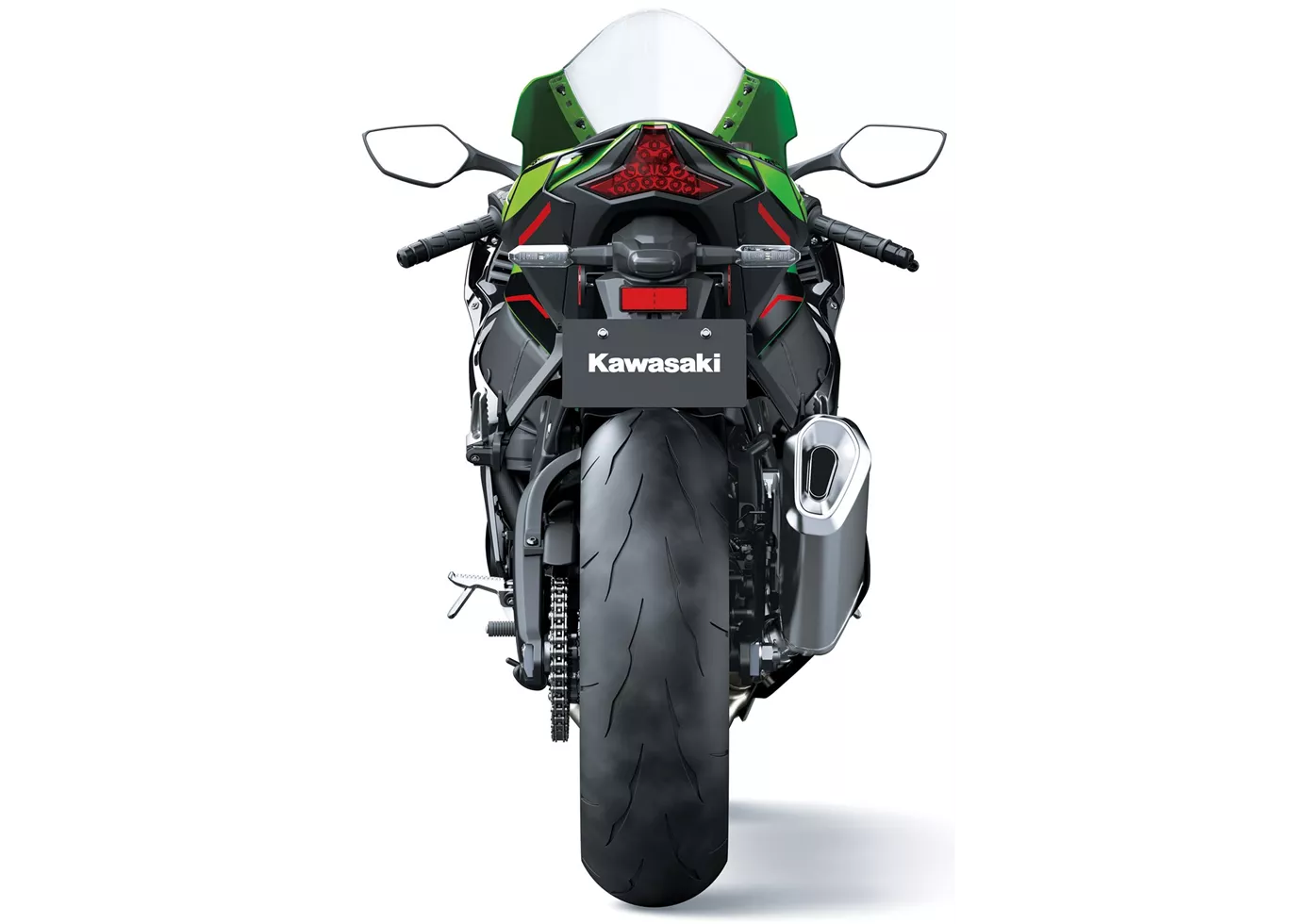
Avec la Ninja ZX-10R, Kawasaki propose pour l'année modèle 2021 un package complet et sophistiqué qui, avec sa nouvelle face avant, ressemble vraiment à 2021. La moto offre un espace surprenant pour le pilote et on se sent bien en selle. Le moteur poussif ne laisse rien à désirer - sauf peut-être une plus grande discipline en charge partielle. Pour mener à bien ce projet, Kawasaki a misé sur des ingrédients de qualité : suspension Showa, amortisseurs de direction Öhlins, freins Brembo avec disques de 330 ainsi qu'une électronique haut de gamme. Grâce à son électronique de qualité et à son moteur souverain, la Ninja ZX-10R fait même assez bonne figure sur les routes de campagne - pour autant que l'on soit capable de souffrir un peu en matière de position assise en raison du concept.
BMW S 1000 RR 2020
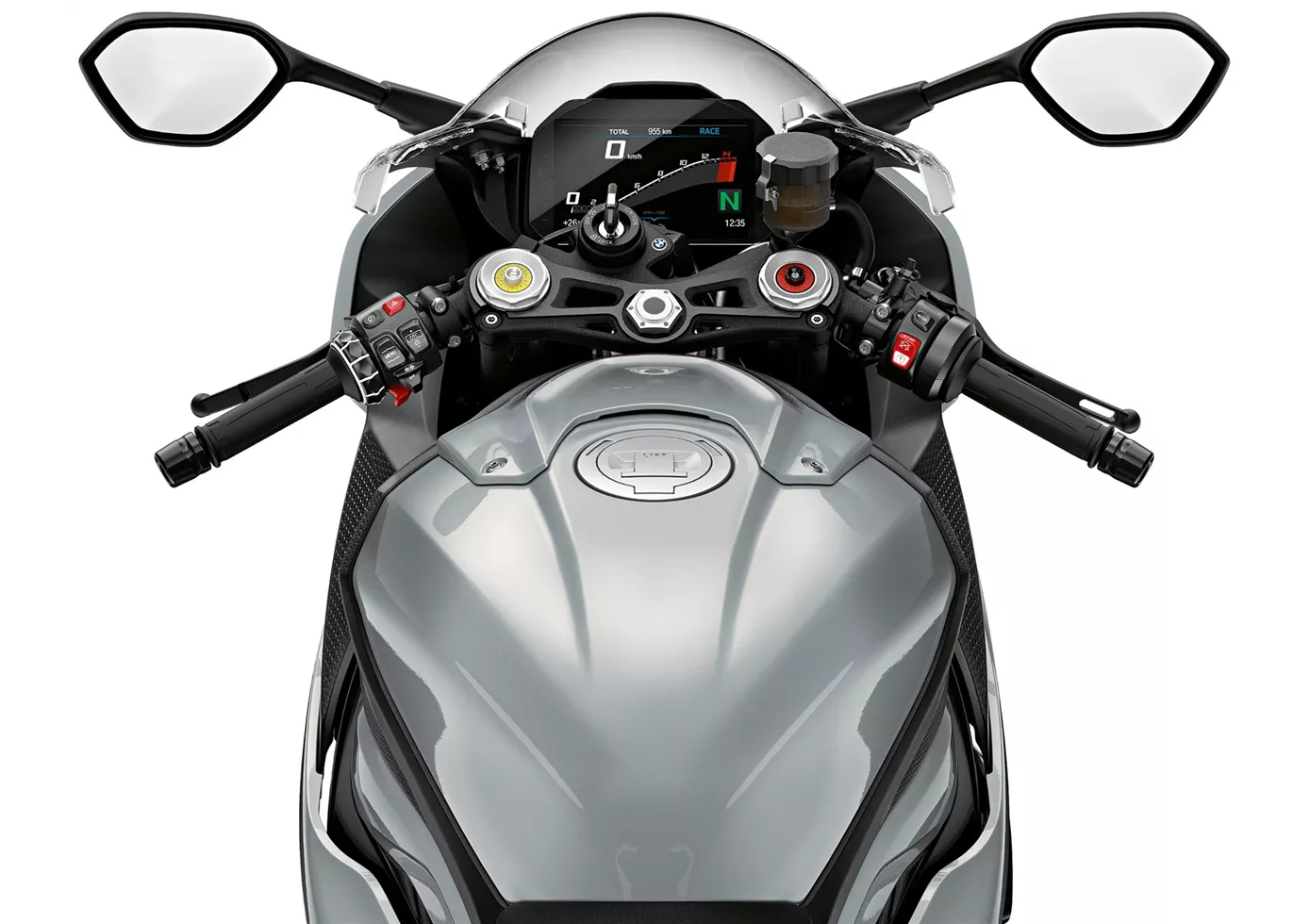
Une vraie superbike "à tout faire". Sur la piste de course comme sur la route, la BMW sait jouer de ses atouts. Grâce à la distribution variable de l'arbre à cames, le moteur puissant est déjà convaincant à bas régime et accélère harmonieusement sur toute la plage de régime, avec une puissance élevée dans tous les domaines. Pour le pilote amateur, le châssis fonctionne certainement de manière exceptionnelle dans toutes les situations, il garantit un feedback transparent et offre de nombreuses possibilités de réglage. La position de conduite est sportive, mais relativement confortable. L'électronique fonctionne de manière très harmonieuse sans infantiliser le pilote - TOP !
Comparaison des prix Prix moyen du marché Kawasaki Ninja ZX-10R vs BMW S 1000 RR
There are a few key differences between a Kawasaki Ninja ZX-10R 2021 and a BMW S 1000 RR 2020. It takes less time to sell a BMW S 1000 RR with 68 days compared to 177 days for the Kawasaki Ninja ZX-10R. Since model year 2005 1000PS.de editors have written 51 reviews for the Kawasaki Ninja ZX-10R and 135 reviews for the BMW S 1000 RR since model year 2010. The first review for the Kawasaki Ninja ZX-10R was published on 1/11/2004 and now has more than 2,900 views. This compares to more than 4,000 views for the first review on BMW S 1000 RR published on 4/16/2008.


